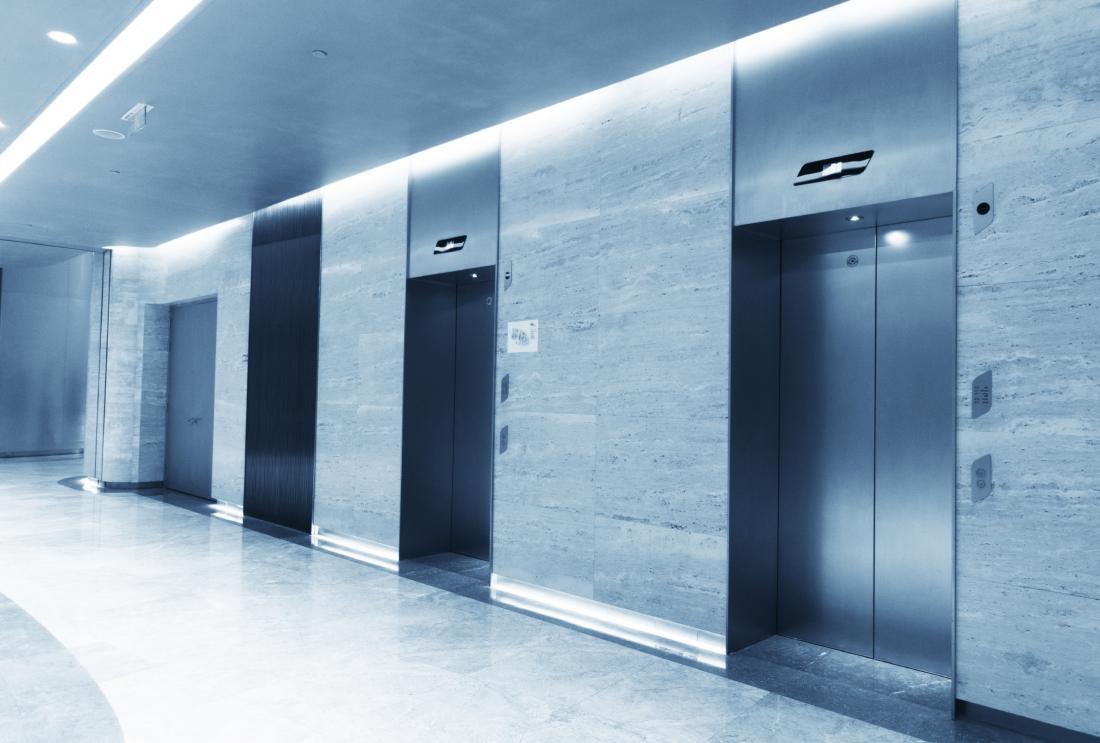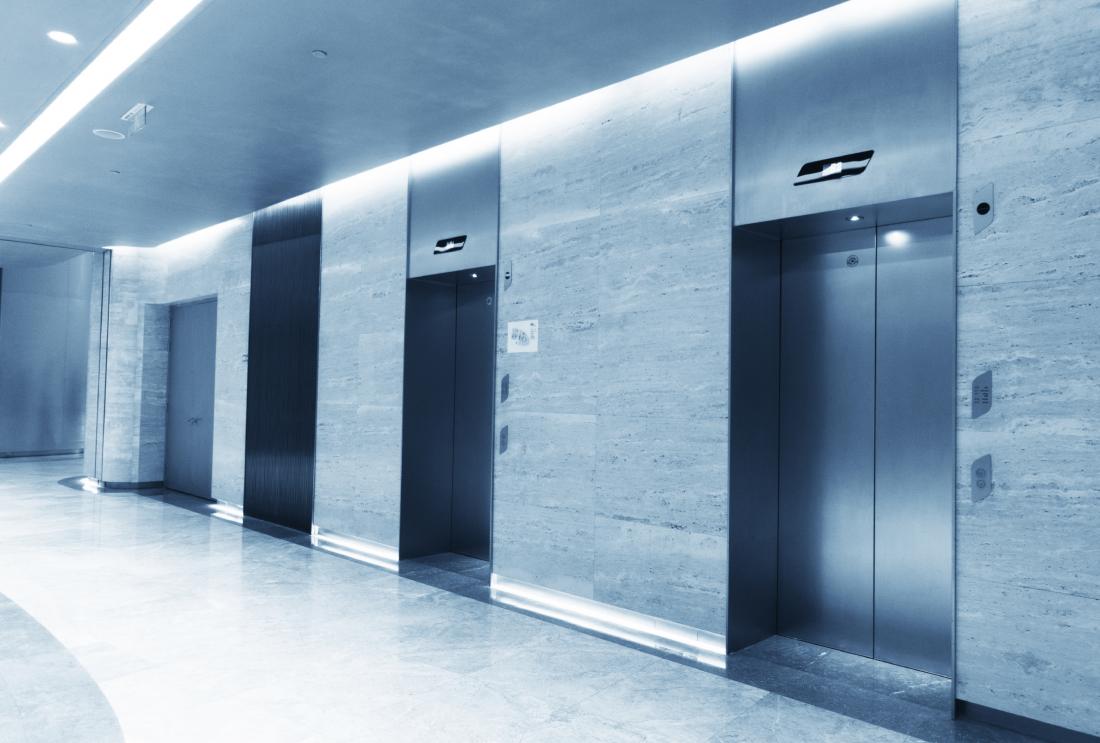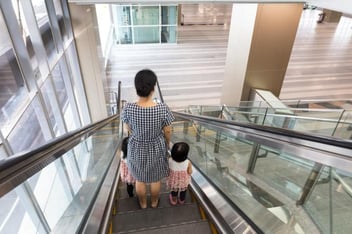Below we answer some common questions we hear from owners of elevating devices.
What Is an “Elevating Device”?
The term “elevating devices” refers to elevators, escalators, moving walks, material lifts, dumbwaiters and limited use, limited access (LULA) elevators.
Am I an “Asset Owner”?
Asset owners are those who own or manage facilities that have one or more regulated products such as escalators/elevators, boilers and gas appliances under one roof. Some common examples are commercial properties, industrial plants, mills, manufacturing plants, multi-unit offices or residential buildings, schools, hospitals and municipal facilities. But those aren't the only items: if you run a ski hill or a greenhouse, you're also an asset owner!
What Are Elevating Device Asset Owners Accountable For?
Once the elevating device is installed, tested, inspected, and put into service, the building owner or manager owns the equipment. The building owner or strata manager has legal obligations related to elevator maintenance that impact public safety and legal liability.
As such, the building owner or strata manager must ensure that any elevating device is maintained and tested according to the Safety Standards Act and the Elevating Devices Safety Regulation, and any Technical Safety BC directives and safety orders.
On top of the owner’s responsibility to make sure their elevator is maintained and tested according to regulatory requirements, the owner must also have a maintenance contract with a Technical Safety BC-licensed contractor. The licensed contractor acts on behalf of the owner to ensure equipment complies with all relevant codes and regulations.
When any unsafe or potentially unsafe condition exists, an owner must close the elevating device and prevent it from carrying passengers until a provincial safety officer inspects and permits the elevating device to resume operation. Owners are also legally responsible for reporting all incidents to Technical Safety BC.
When it comes to elevator safety, the level of use, age of the unit, and environment all must be factored in to determine the optimal maintenance schedule. However, the minimum legislated maintenance period for elevating devices is once per month.
A log pertaining to all maintenance activities must be maintained on site at all times by the maintenance contractor and it must be easily accessible, legible and signed by those completing the task. The log must contain, at a minimum, detailed records of all tests, inspections, and other maintenance duties that have been performed in the previous five years.
In July 2018, Technical Safety BC issued a safety order applicable only to escalators, moving walks, and cartveyors stating the log book should also keep record of a daily start-up check, which is to be filled out daily by the same authorized personnel who performed the start-up check. This safety order also included a new directive where all driving machine brakes must be examined, maintained, tested, and inspected each year. It also details the brake adjustment procedure, brake stopping distance, and stopping distance sign.
Each elevating device must also have an up-to-date, legible electrical wiring diagram, detailing electrical protective circuits and primary directional circuits. The diagrams must be available in the machine or control room at all times.

Where to Seek Advice and Stay Informed?
Technical Safety BC periodically issues safety orders to reduce the risk of personal injury or damage to property. Compliance with safety orders is mandatory and enforceable.
Your elevating device contractor is your best connection to your equipment and should be the first point of contact for questions. It is important to note that while they are responsible for ensuring the safe operation of the elevating device through performing maintenance tasks and testing as per Code requirements, safety is a shared responsibility.


.png?width=352&name=Untitled%20design%20(3).png)

.jpg?width=352&name=istock-1146472797%20(1).jpg)